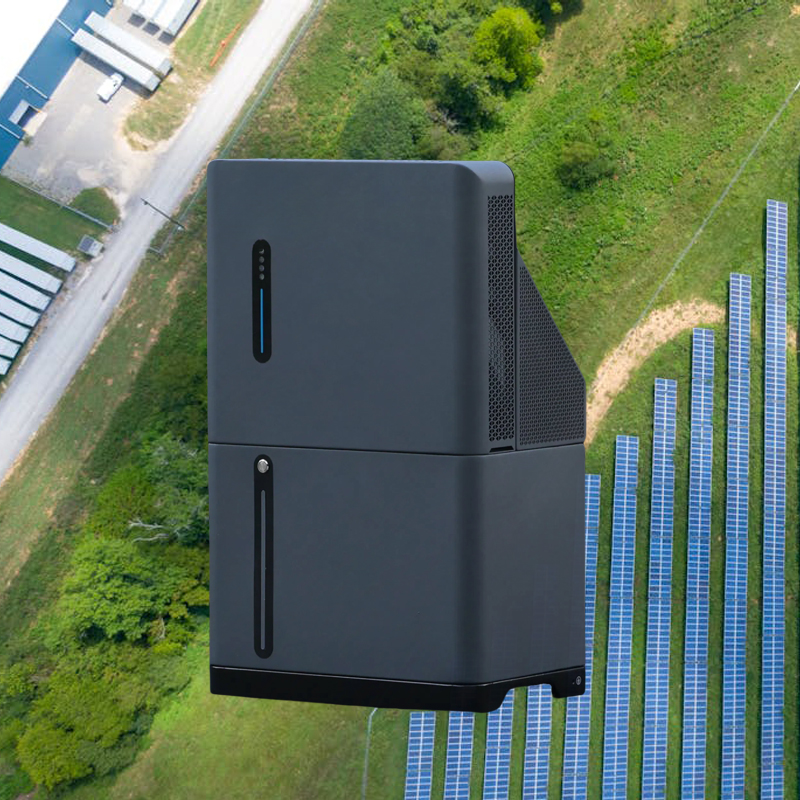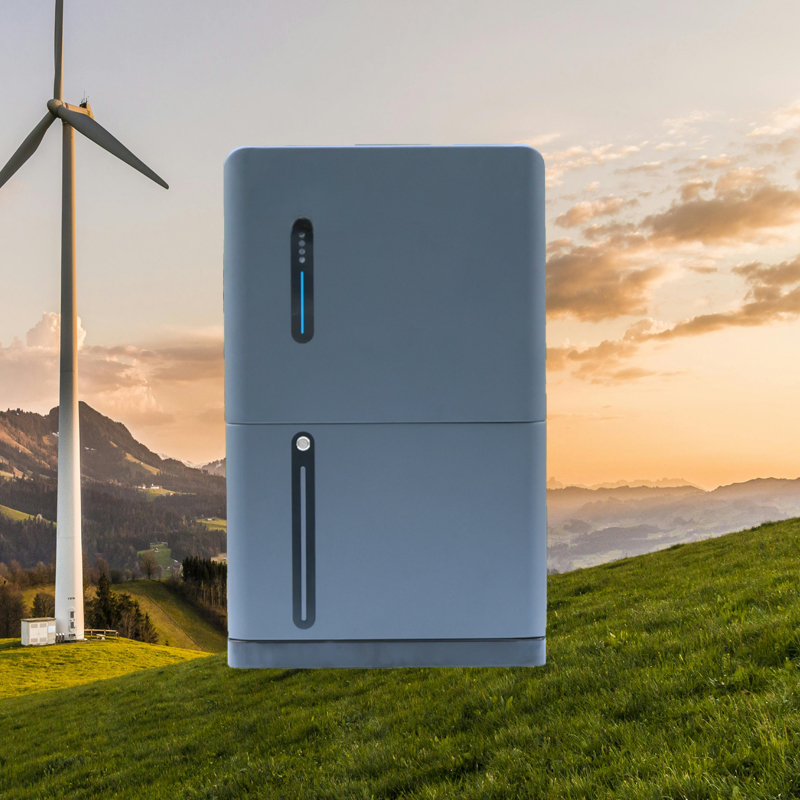In urban environments, space constraints often limit the adoption of traditional solar energy systems. A balcony solar energy storage system offers a practical solution, enabling residents to harness solar power even in limited spaces. This compact setup typically includes several key components:
Solar Panels for Balconies
The core component of a balcony solar system is the solar panels, usually mounted on the top or sides of the balcony. These panels consist of numerous solar cells that convert sunlight into direct current (DC) electricity. The efficiency and capacity of the panels determine the amount of energy the system can generate.
Inverter
The electricity generated by the solar panels is in the form of DC, while most household appliances use alternating current (AC). Therefore, the system typically includes an inverter to convert the DC electricity generated by the solar panels into AC electricity that can be used for household power. Some systems may use a micro-inverter, which is installed on each panel, allowing for more efficient energy conversion and monitoring.
Energy Storage System
To maximize the benefits of solar energy, an energy storage system is often integrated into the setup. This system stores excess energy generated during the day for use at night or during periods of low sunlight. The storage unit is typically a solar battery, which can be a lithium-ion or lead-acid battery, depending on the system's design and capacity.
Mounting and Electrical Components
Proper mounting structures are essential for securely installing the solar panels on the balcony. These structures are designed to withstand various weather conditions and ensure the panels are optimally positioned for maximum sunlight exposure. Additionally, electrical components such as wiring, connectors, and safety devices are necessary to connect the panels, inverter, and storage system, ensuring safe and efficient operation.
Monitoring and Control System
Modern balcony power plants often include a monitoring and control system that allows users to track energy production, consumption, and storage levels. This system can be accessed via a smartphone app or web interface, providing real-time data and enabling users to optimize their energy usage.
Conclusion
A balcony solar energy storage system is a compact and efficient solution for urban residents looking to harness solar power. By integrating solar panels, an inverter, an energy storage system, mounting structures, and monitoring components, these systems provide a sustainable and cost-effective way to generate and store energy in limited spaces.

FAQs
What is a balcony solar energy storage system?
A balcony solar energy storage system is a compact photovoltaic setup designed for installation on balconies, terraces, or small outdoor spaces. It typically includes solar panels, an inverter, and a battery storage unit, allowing residents to generate and store solar energy efficiently.
How does a balcony solar system with storage work?
The system captures sunlight through solar panels, converts it into electricity via an inverter, and stores excess energy in a battery. This stored energy can be used during periods of low sunlight or at night, enhancing energy independence and reducing reliance on the grid.
What are the benefits of installing a balcony solar energy storage system?
Installing such a system can lead to reduced electricity bills, increased energy independence, and a smaller carbon footprint. It allows for efficient use of space in urban environments and provides a reliable power source during outages.
If you have further questions or need assistance in selecting the right balcony power station for your needs, feel free to leave a comment below. Our team is here to help you make the best choice for your energy requirements.


